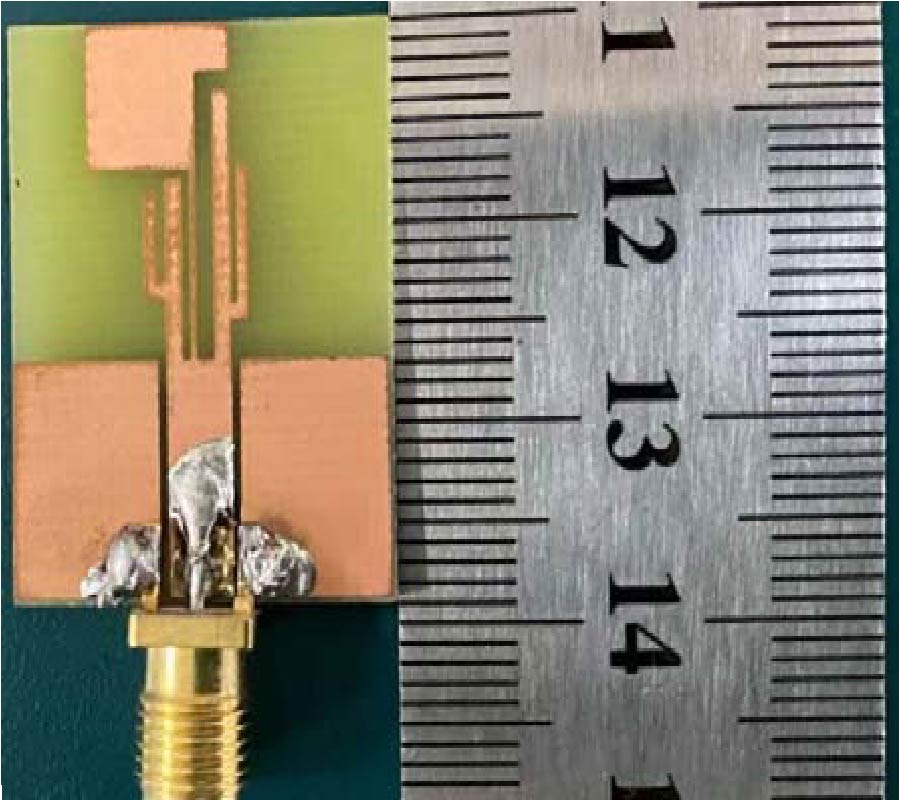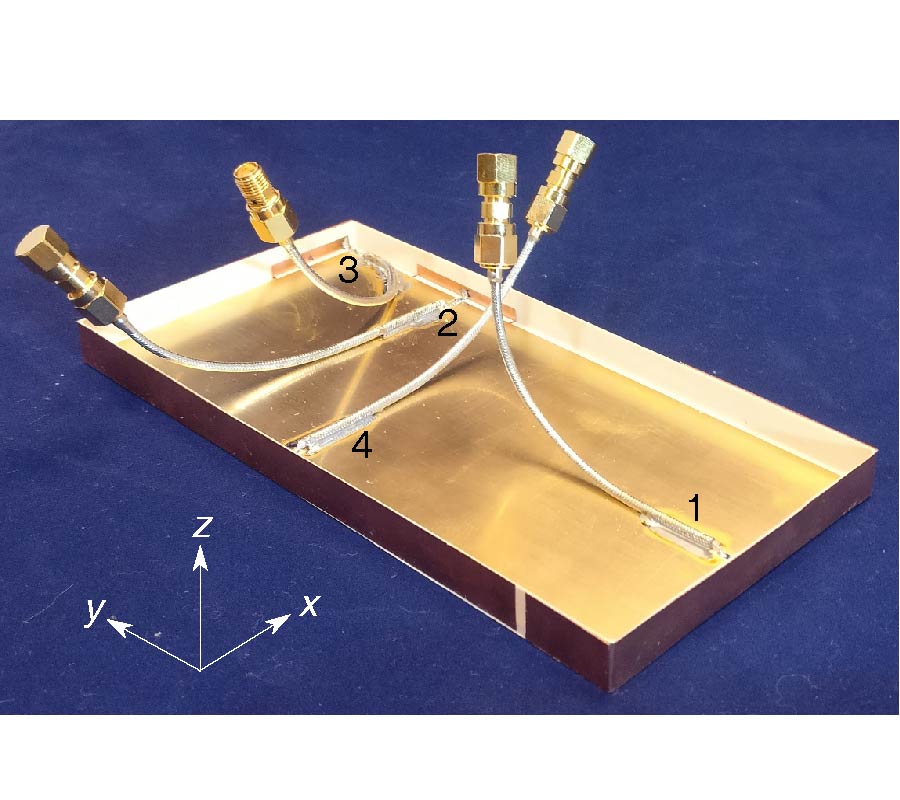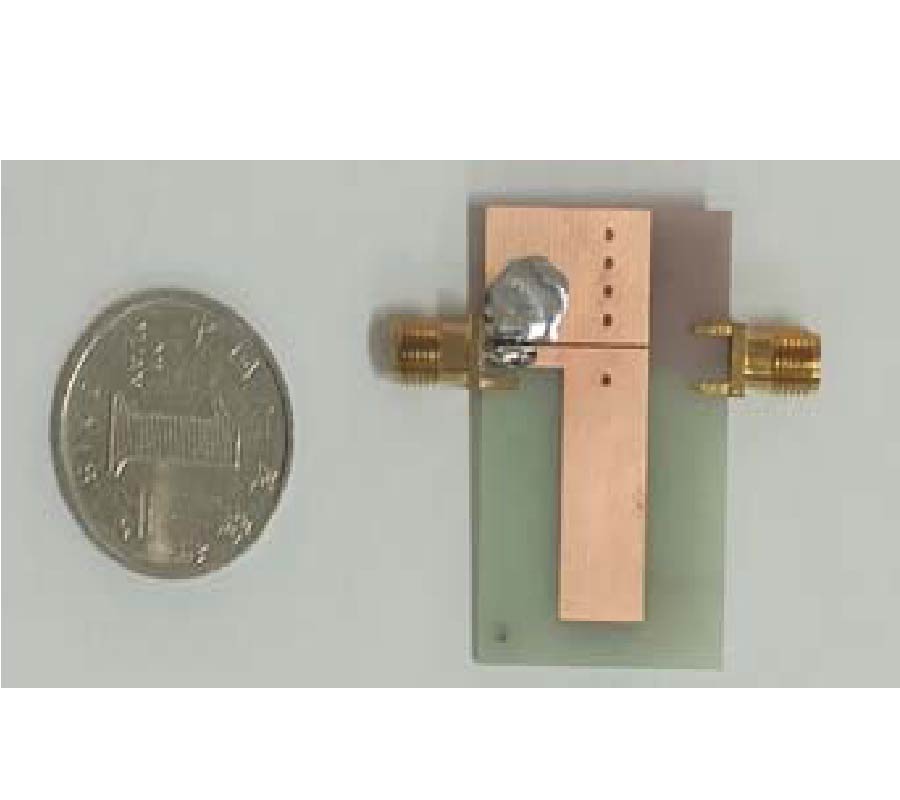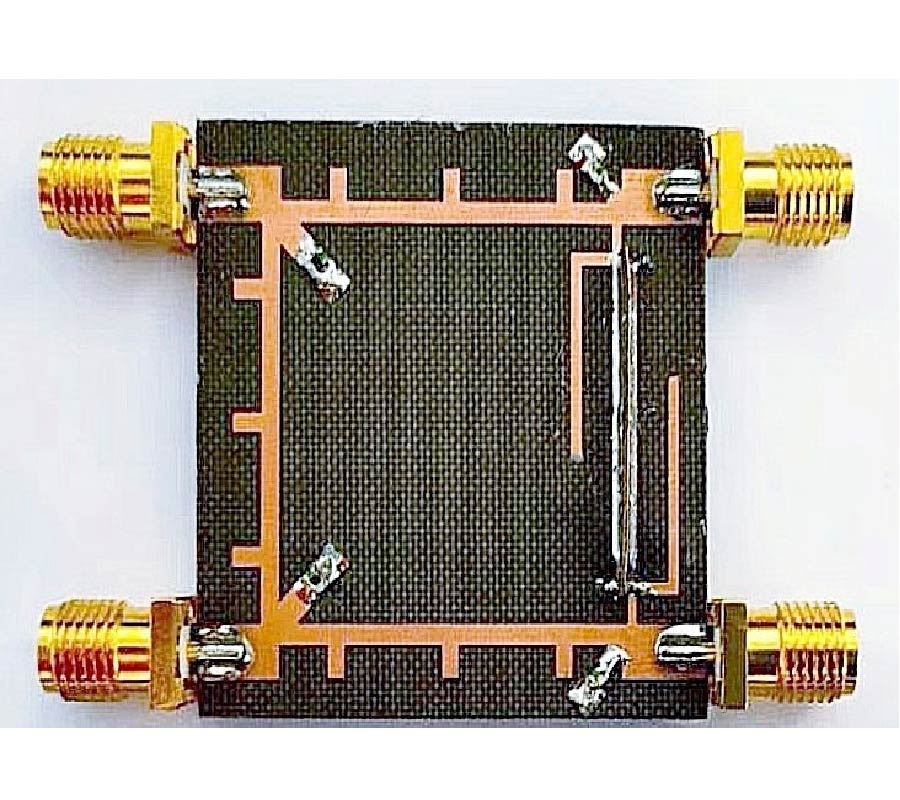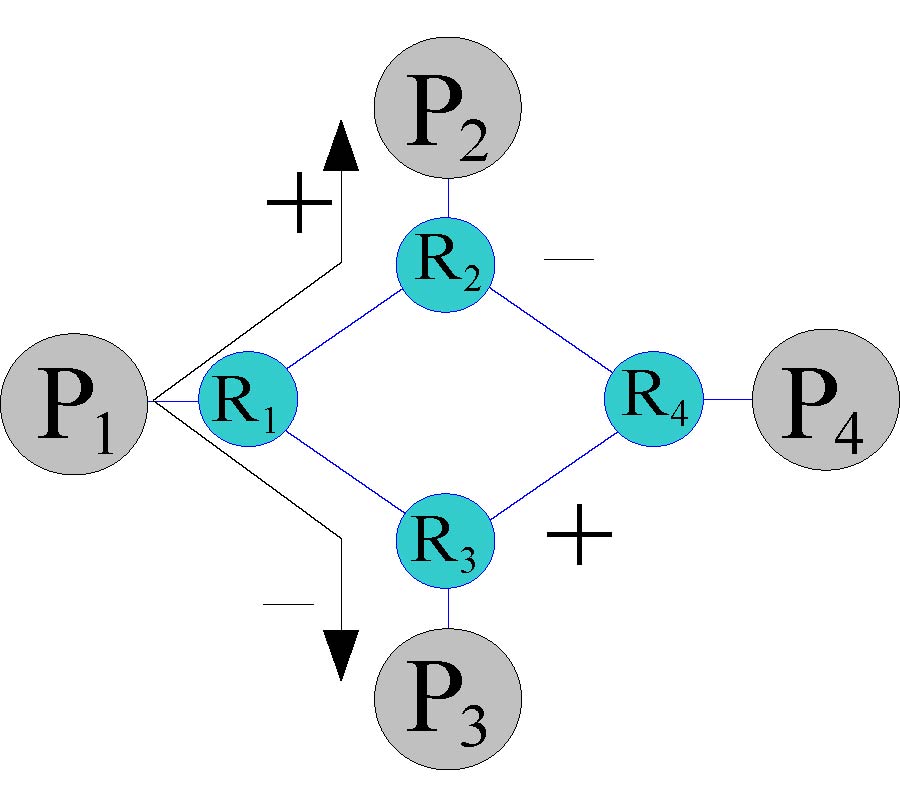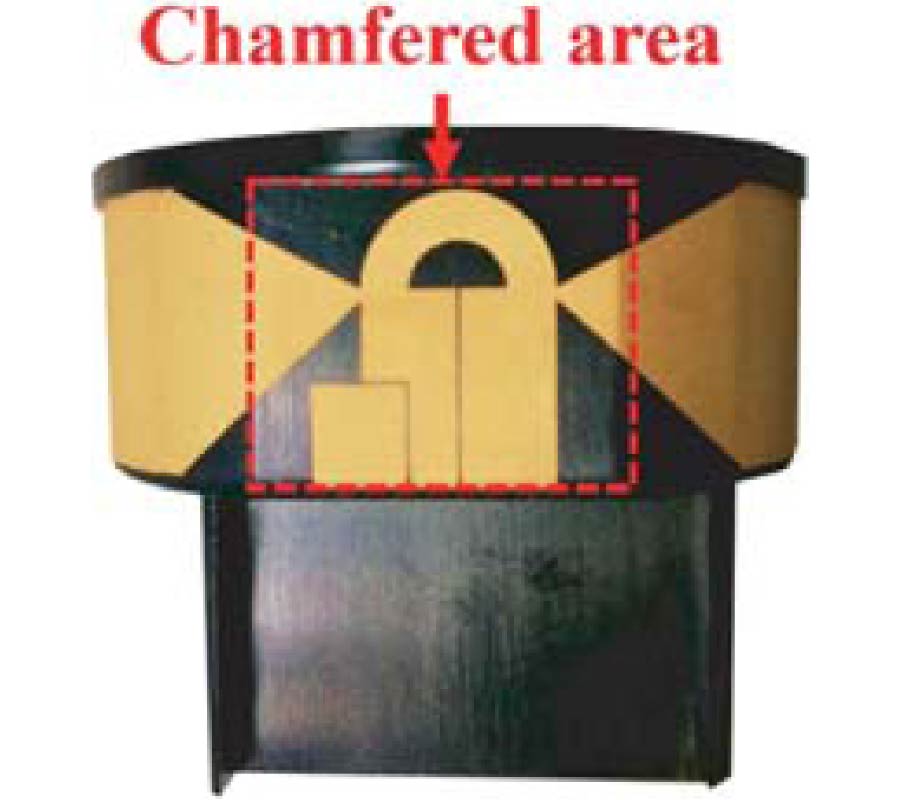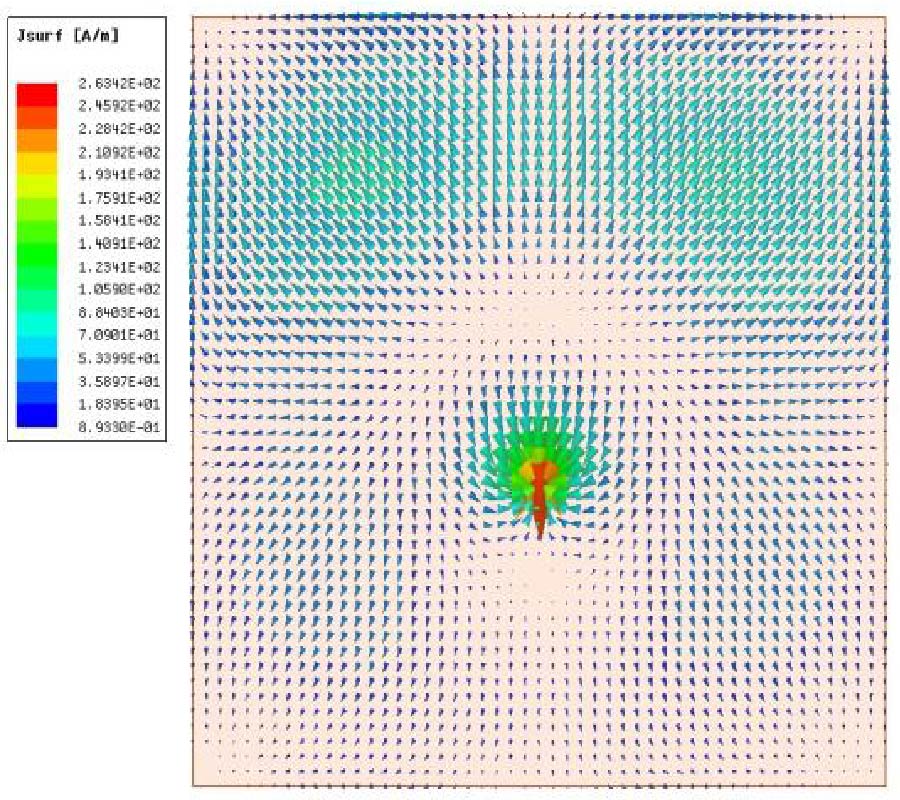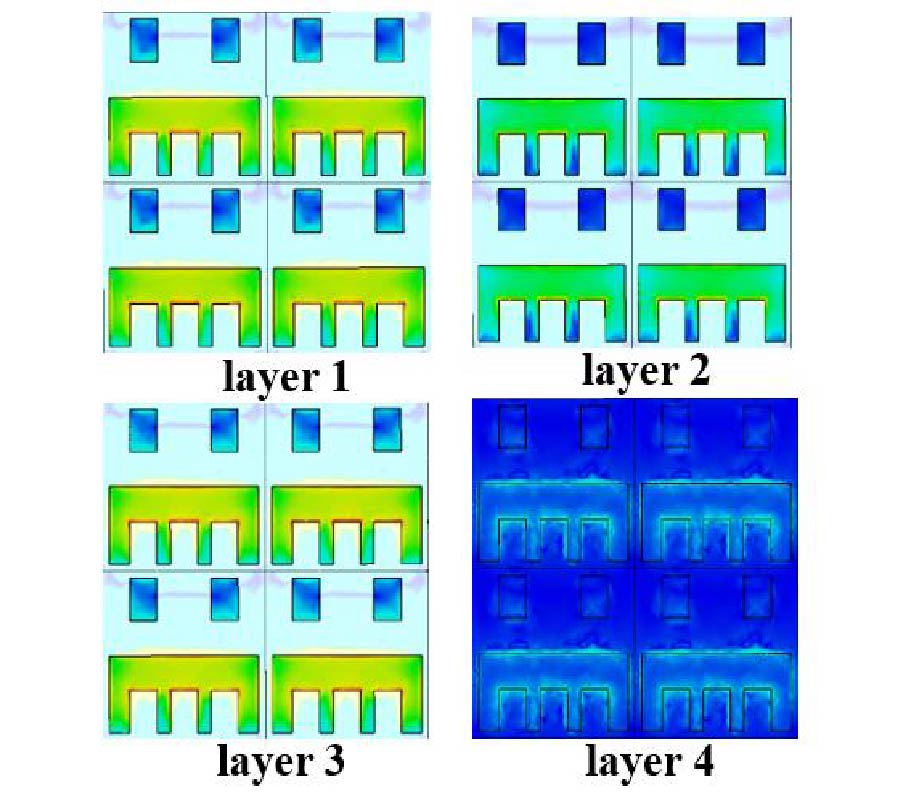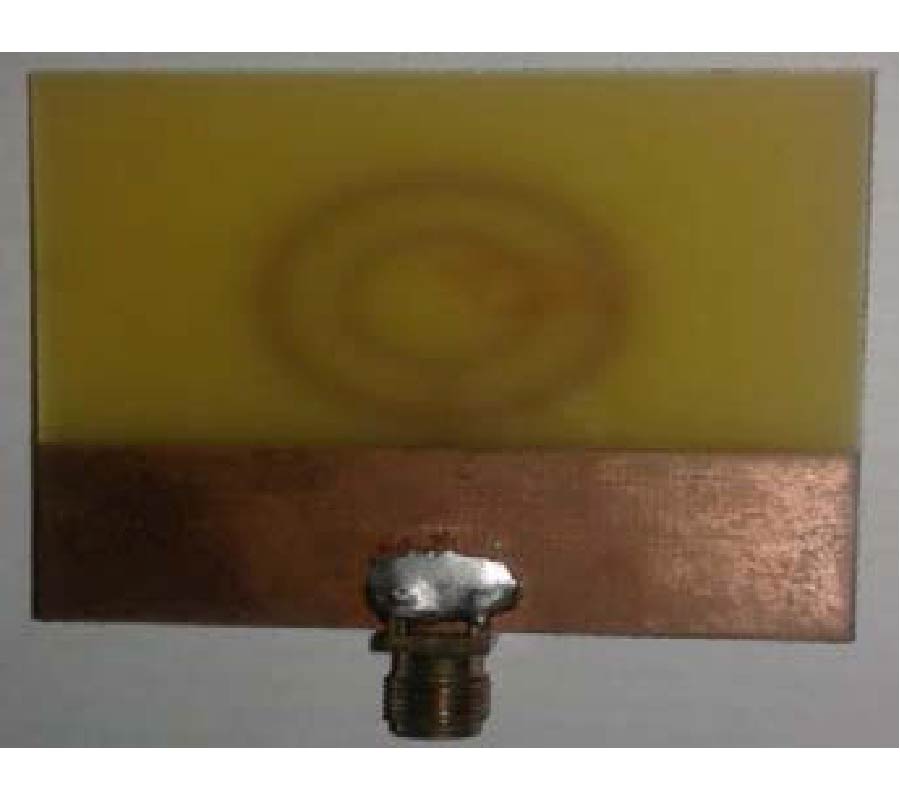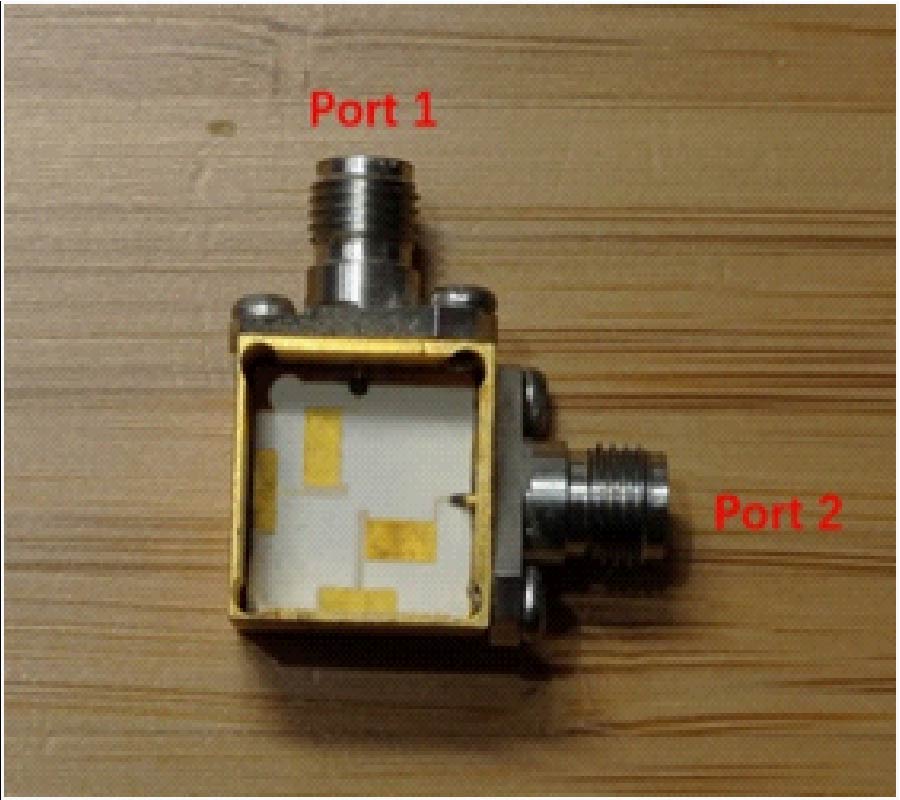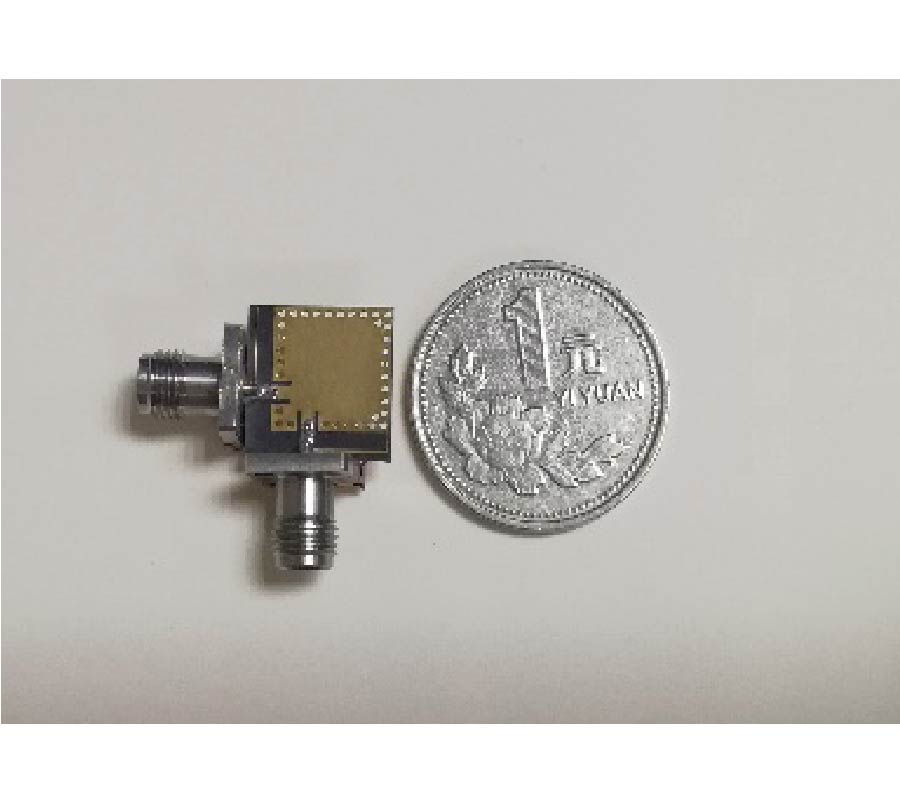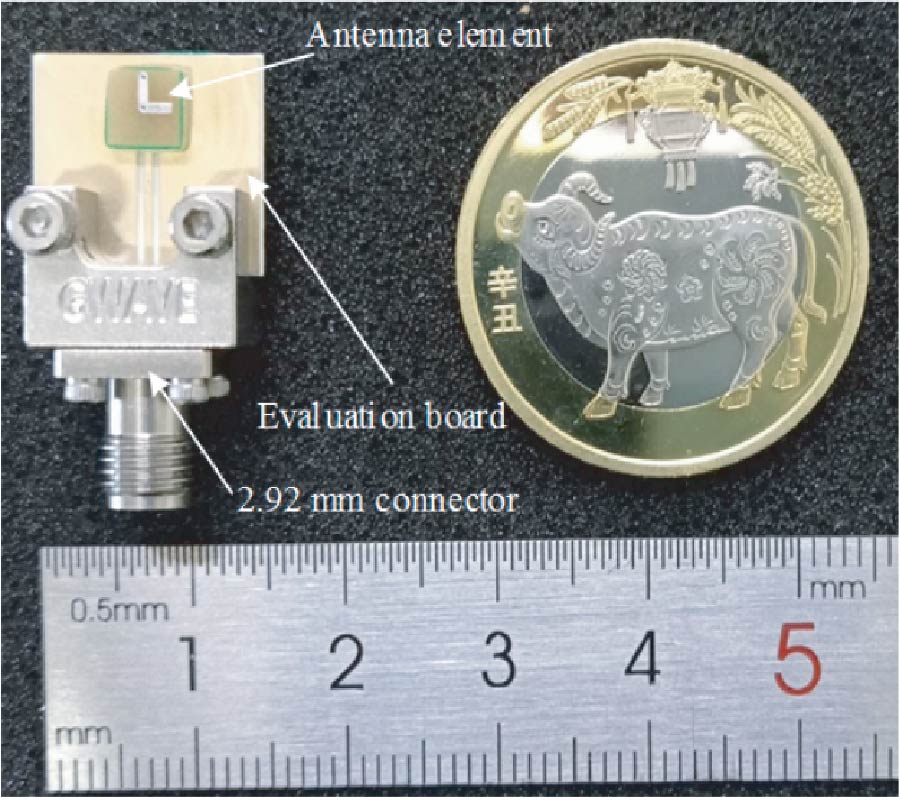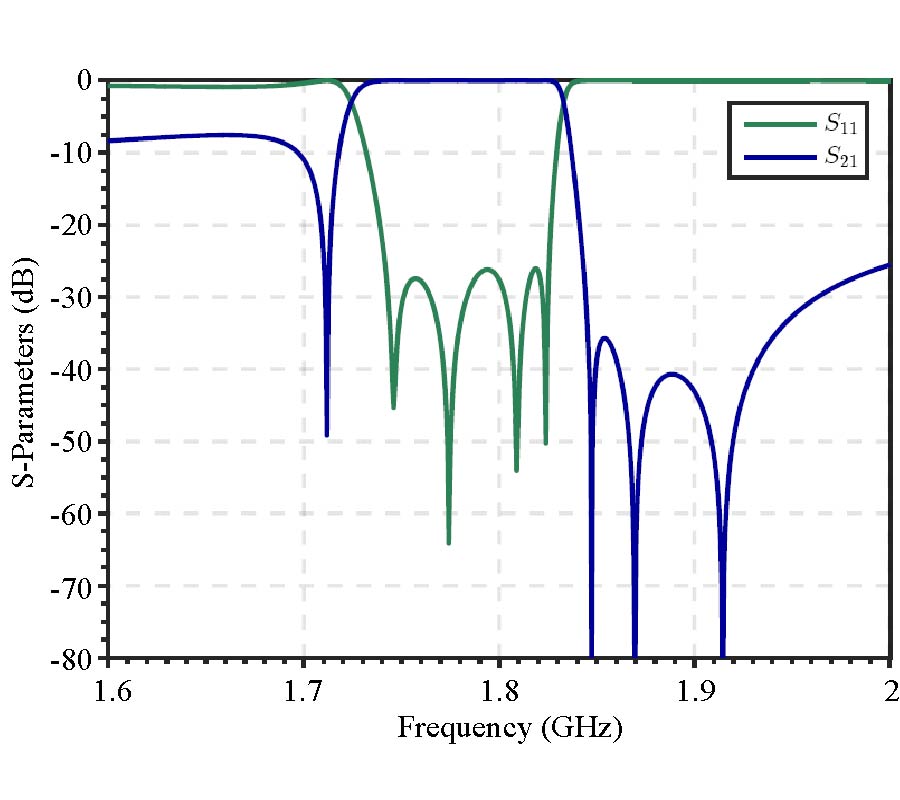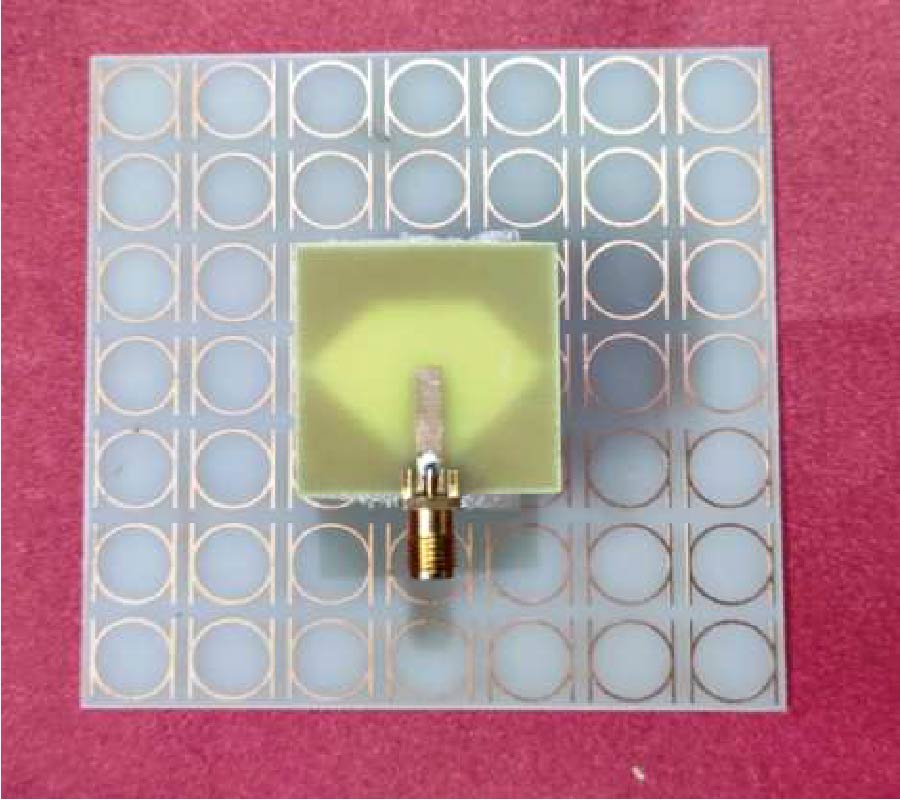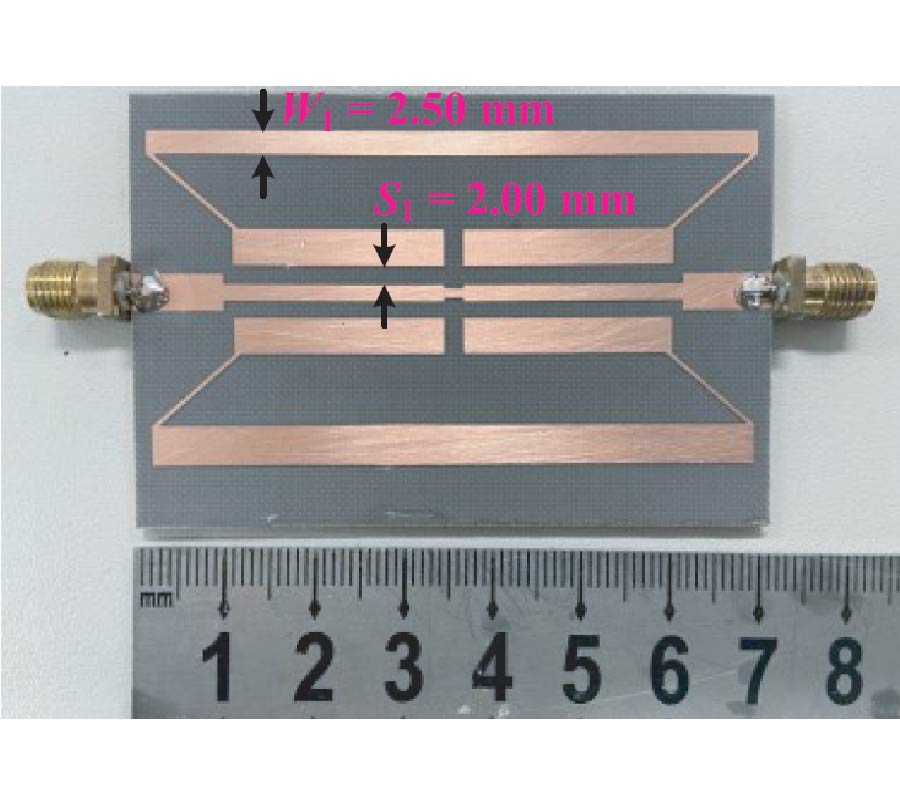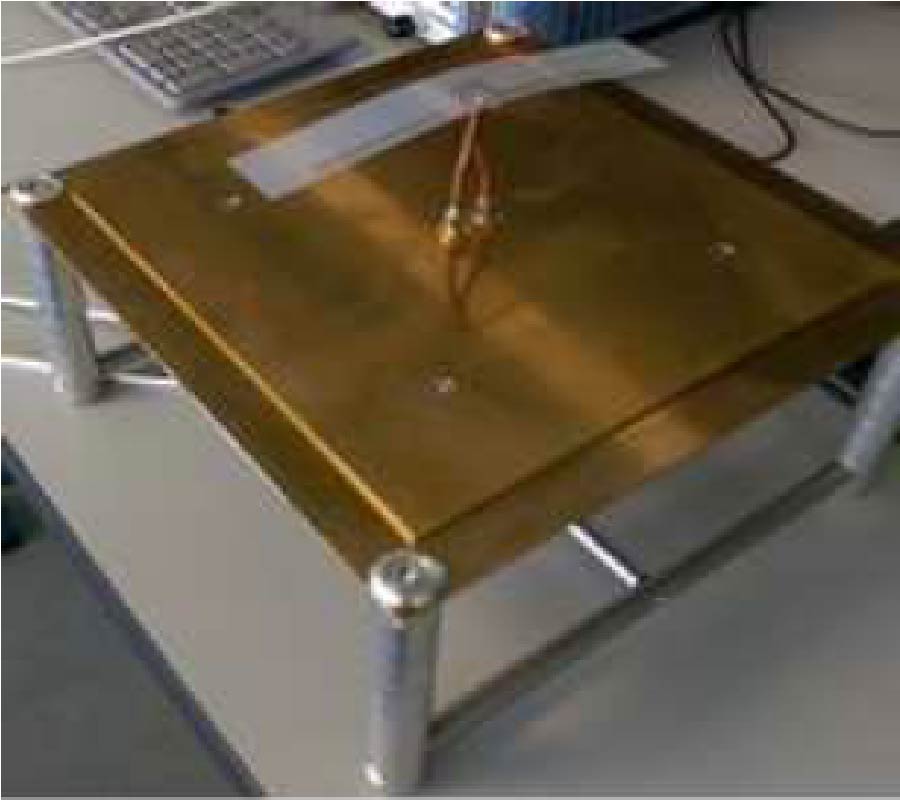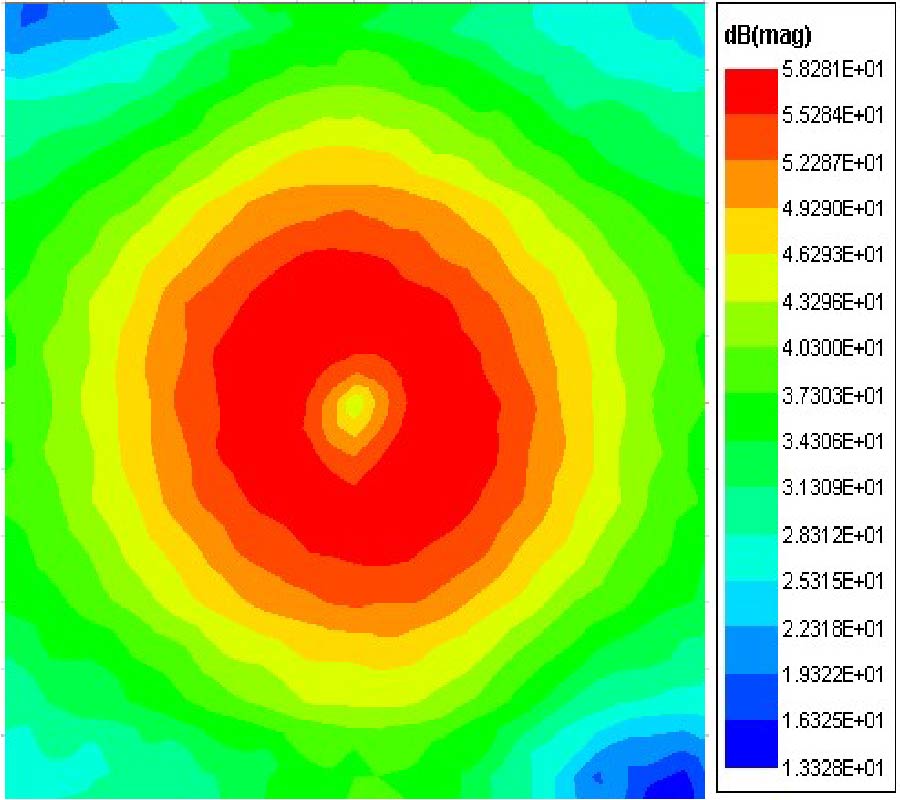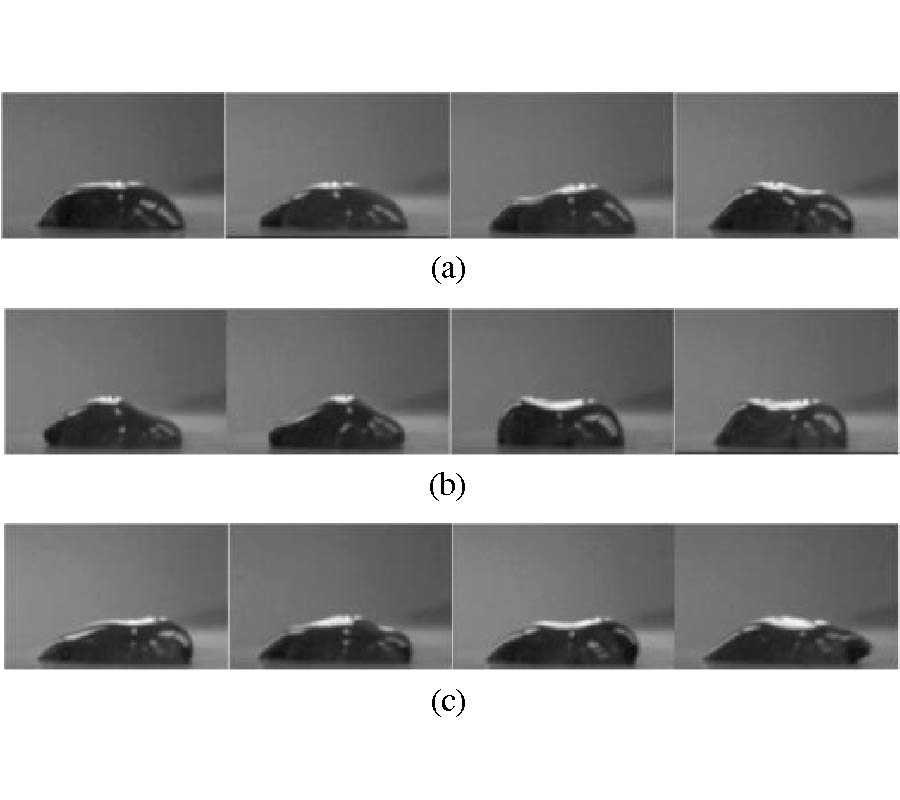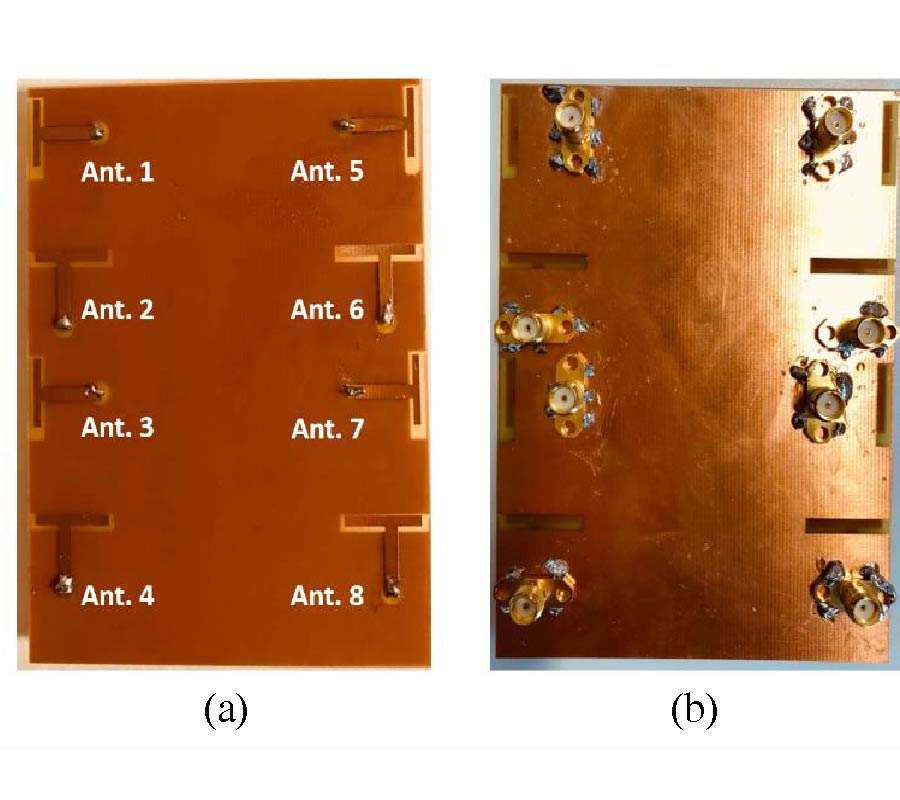2021-07-12 Latest Published
By Juan Zhang
Xiaoming Liu
Chen Wang
Lu Gan
Ye Wang
Lijun Sun
Progress In Electromagnetics Research Letters, Vol. 98, 155-163, 2021
Abstract
A low-profile coplanar waveguide fed four-band compact antenna for 5G and WLAN applications is presented in this letter. Multiple bands are generated using a cactusshaped patch, which consists of several inverted L-shaped slots and branches. The proposed antenna provides 150 MHz (2.10 GHz-2.25 GHz), 400 MHz (3.25 GHz-3.65 GHz), 1022 MHz (4.42 GHz-5.44 GHz), 1400 MHz (5.60 GHz-7.00 GHz) bandwidths of 10 dB return loss, corresponding to the target N1/N78/N79 5G bands and 5.8 GHz WLAN band, respectively. Moreover, the proposed antenna has a low profile of 21 mm × 29 mm × 1.6 mm, while maintaining tolerable gain in these operation bands. In addition, monopole-like radiation patterns are obtained, which is suitable for wireless communication. In order to verify this design, a prototype has been fabricated and measured. The measured results show satisfactory agreement with the simulated ones.
